We’ve all been there. That tough run that leaves us dizzy, disoriented, or nauseous—sometimes to the point of wondering if the emergency room is nearby. These symptoms share a common cause: inadequate hydration. Although drinking water is a must, learninghow to hydrate as a runner (including hydration packs and vests) is a nuanced science that supports optimal performance and speeds up recovery.
Quenching your thirst is only the beginning of hydration strategies for runners. It also involves a combination of water, electrolytes, and balanced nutrition that work together to help your body recuperate lost nourishment. This article outlines foundational runner’s hydration strategies, highlighting how to hydrate as a runner before, during, and after runs, the role of accessories, and common hydration mistakes to avoid. Let’s get stuck in.
Is Hydration Mainly About Drinking Water?
Roughly 60% of your body is water. But just drinking large amounts of water is the lazy way to hydrate enough. Water isn’t the only piece of the puzzle. Hydration is about maintaining a balance of fluids and nutrients. A balanced diet with water-rich foods like fruits (watermelon) and vegetables (cucumber), recovery drinks, and sodium-packed snacks (ham or olives) also replenishes lost fluids and electrolytes.
Hydration gels can be useful during runs but should be seen as complementary rather than a main hydration source. They help replace electrolytes and provide a burst of energy but don’t replace the need for fluids.
For more comprehensive advice on running recovery, read Optimal Recovery Nutrition for Runners.
How to Hydrate as a Runner
To stay hydrated, you must adopt the right hydration strategies for runners before, during, and after your runs.
Hydration Before Your Run
Start hydrating well before you lace up your shoes. Avoid drinking large amounts of water all at once to compensate for dehydration. Instead, maintain a steady water intake throughout the day. Coffee drinkers might need a higher intake to offset its dehydrating effects.
About two hours before a run, aim for 500 ml of water, followed by 250 ml 30 minutes before you hit the pavement.
Hydration During Your Run
Listen to your body and drink when you feel thirsty during your run. A pre-run gulp of water alone is sufficient for shorter runs (under an hour). For longer runs, refill with fluids containing electrolytes. The general rule is to consume 50-250 ml of water every 20 minutes. Adjust your intake based on the intensity of your run and environmental conditions.
Hydration After Your Run
Post-run hydration is pivotal for recovery. Drink within an hour of finishing your run to rehydrate effectively without overdoing it. In addition, a recovery drink with electrolytes can help to recoup what you’ve lost through sweat.
General Daily Hydration for Runners Guidelines
Weight, weather, and activity level determine your daily hydration needs. Elements like habitual tea drinking and air-conditioning use also affect the amounts of water your body may require. Additionally, smaller runners lose less water and may not need as much fluid as larger runners. A simple way to monitor hydration is the colour of your urine—pale yellow is ideal, while dark yellow indicates dehydration.
Running Hydration Accessories
Athletic gear designed for runners can make hydration easier and timelier. Seasoned runners usually prefer hydration packs and vests. Wondering why every runner needs a hydration pack? They are great for long-distance runners and provide hands-free access to fluids. Handheld water bottles are also helpful as they are lightweight and convenient for shorter runs. Hydration gels and electrolyte tablets can combat mid-run wobbles and give you a boost to improve your execution. Lastly, collapsible water flasks are a space-saving solution for runners on the go.
Our extensive online store is a runner’s shopping paradise. Browse The Athlete’s Foot’s hydration accessories collection today to be fully prepared for your next run and perform at your best.
Running Hydration Mistakes to Avoid
Runner’s hydration strategies are not just about drinking more to stay hydrated but drinking smart. We’ll cover some common pitfalls below to help you achieve this.
Overhydration
Consuming excessive water can dilute sodium levels, causing hyponatremia, which may lead to nausea, confusion, or even severe complications. If you’re running long-distance, try replenishing lost liquids and electrolytes in one go. Signs of overhydration include the feeling of water splashing around in your stomach.
Underhydration
Failing to drink enough water can result in muscle cramps, raised heart rates, and fatigue. You may be dehydrated if you notice weakness in your body, headaches, rapid breathing, and sunken eyes as you run.
Neglecting Electrolytes
Electrolytes lost through sweat must be replaced to avoid dehydration and muscle dysfunction. Salt flakes on your skin and clothes indicate that you’re a salty sweater and need to assess your sodium intake more closely. Energy drinks, electrolyte tablets, and powders are readily available ways to stay on top of your sodium levels.
Ignoring Your Body
Listen to your body more carefully to adapt these runner’s hydration strategies to your lifestyle. Thirst, excessive sweating, and orange urine are your body’s way of signalling a need for fluids. Ignoring these cues can lead to avoidable dehydration issues.
Conclusion
You will not reach your performance goals without superior runner’s hydration strategies. They aid in faster recovery and peak fitness. Stay hydrated and support your body’s ability to function at its best after each run by following the defined methods and avoiding common mistakes. Equip yourself with the right knowledge, accessories, and mindset to hydrate smartly and keep hitting the pavement strong for a long time.
For more tips on runner’s hydration strategies and running recovery, explore The Athlete’s Foot for expert advice and premium gear.

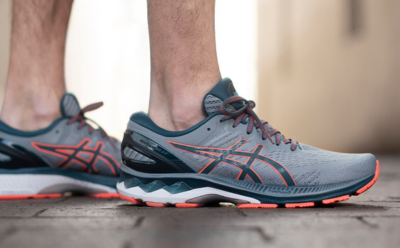
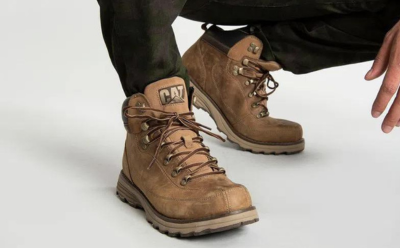
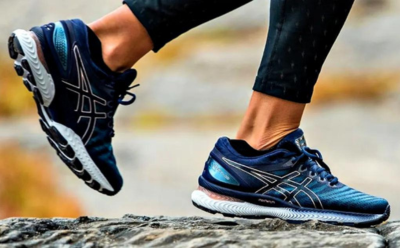
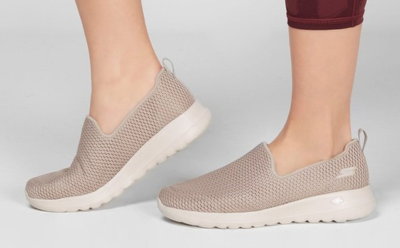
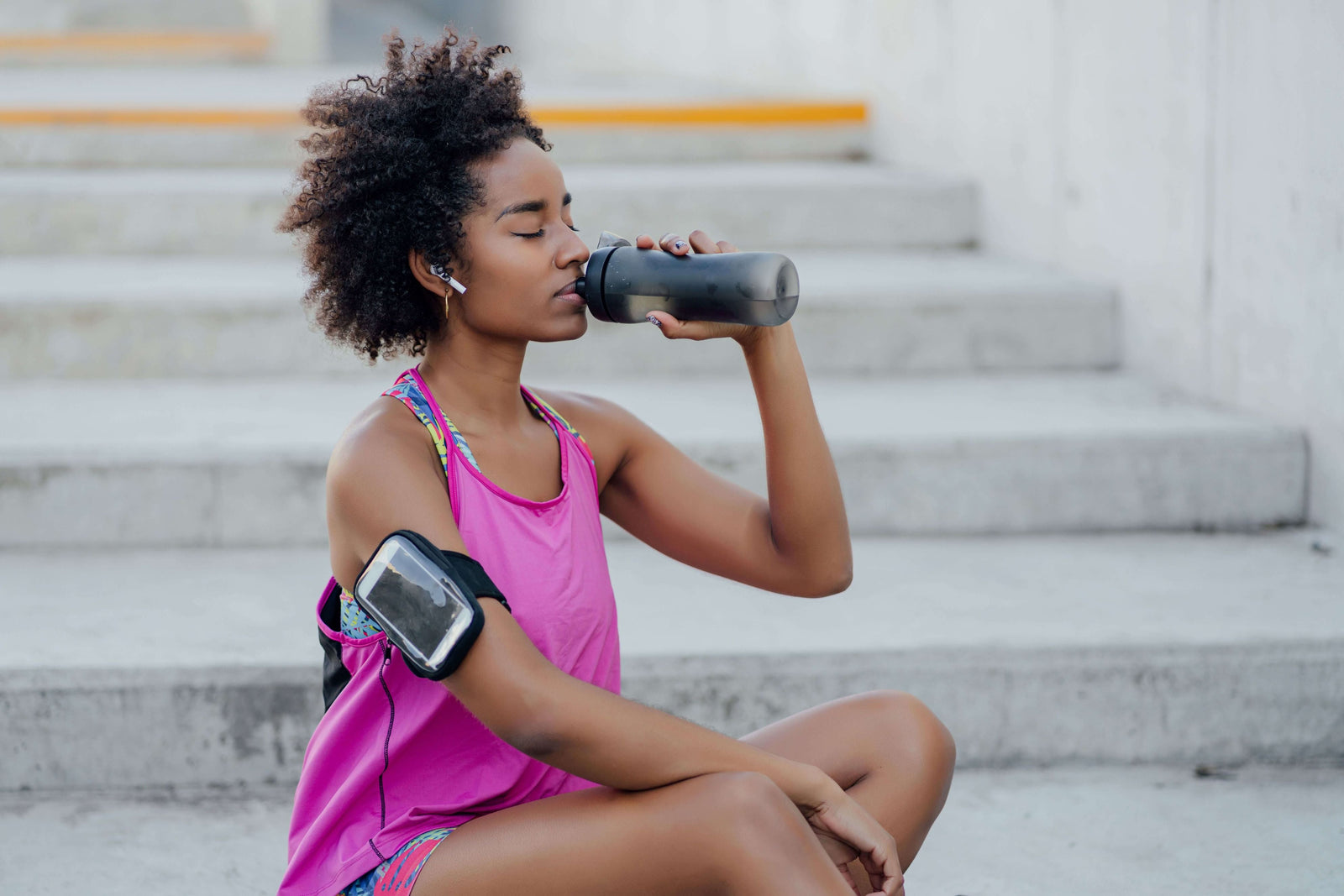

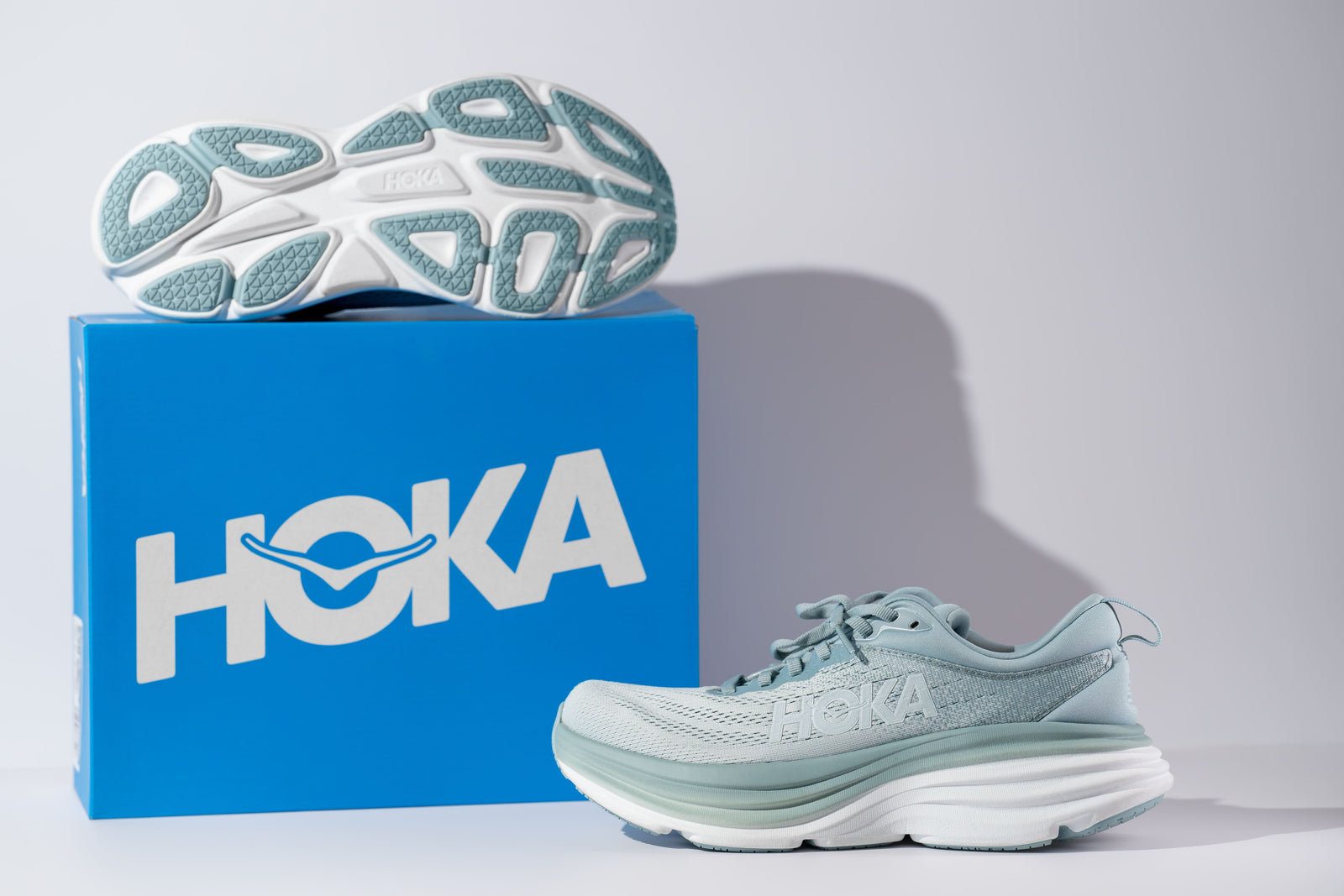
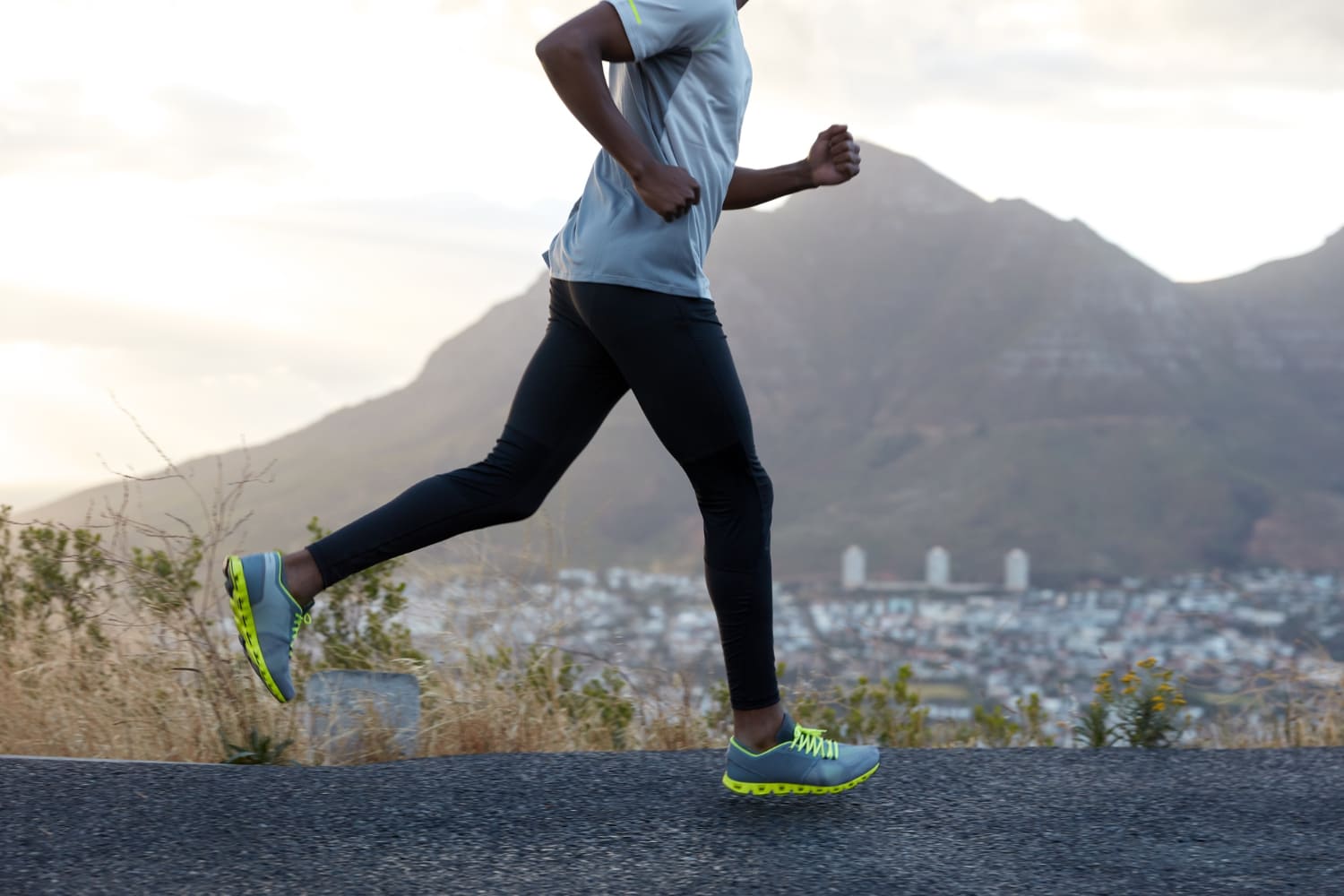
Leave a comment (all fields required)